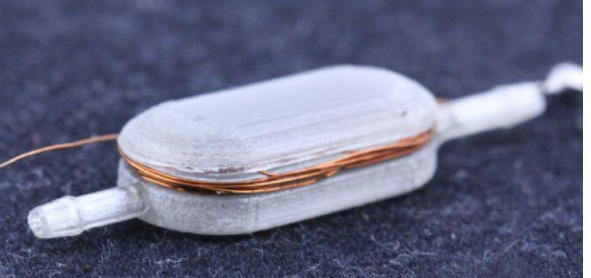The rapid development of sensors and 3D printing technology drives the development of intelligent implants
Medical implants must be designed for functional and biocompatibility, and more importantly, to meet the individual needs of patients, but traditional implants are limited to a few specific shapes and sizes and cannot meet every patient. The need, fortunately, sensing technology and 3D printing are changing with each passing day, which in turn drives the research and development of implants. It is reported that the task of medical device designers is to make implants smarter. The rise of 3D printing technology has helped to design personalized implants (PSI), which are less geometrically constrained than subtractive manufacturing. Personalized implants can be designed and manufactured according to the patient's computed tomography scan, which is more suitable for patients. The bones are not to be loose. The European Union (EU) ProosPERoS program specializes in the development of intelligent 3D printed implants to repair large bone defects, scan the spine through high-order imaging techniques, and create biodegradable, personalized implants from magnesium and zinc alloys. Built-in sensors are also expected to increase the intelligence of the implant. Advanced-order sensing technology facilitates the development of implants, such as Medtronic's combination of readers and applications (App), which facilitates heart patients to transmit cardiac device information to distant physicians. Recently, a microchip has been implanted to monitor patients' hormones, blood glucose concentration, bacteria, electronic activity and body temperature during surgery, providing real-time biofeedback to physicians, reducing the risk of postoperative infection and reducing patient discomfort and pain. There is no need to repair the surgery. In addition, the smart device wirelessly transmits data to the intraoperative monitoring device to assist the surgeon in making informed decisions, such as the orientation of the implant. Take the LinkStaTIon MINI as an example. This monitor displays the data in the operation on a high-resolution tablet computer screen, and has a sliding stand underneath to facilitate movement in a small space in the operating room. Patients with hydrocephalus will have a drainage tube that drains excess cerebrospinal fluid (CSF) from the brain, and the University of Southern California (USC) Viterbi School of Engineering develops a drainage tube that measures pressure, flow, and obstruction. The problem of the failure of the drainage device is to solve the problem early. The global connected medical device market is still in its infancy. In 2016, it only accounted for 6% of the medical device market, and there will be more stable growth in the near future. It is expected to reach $73.1 billion in 2024, and 2016-2024 will continue to grow at a compound annual growth rate (CAGR) of 20%. Household Electrical Appliances gree , https://www.greegroups.com